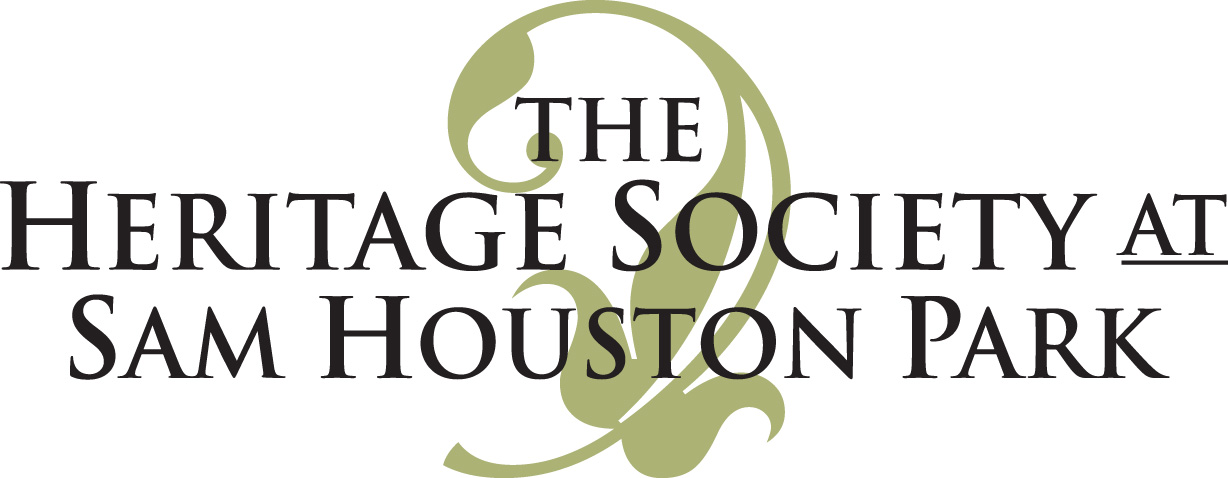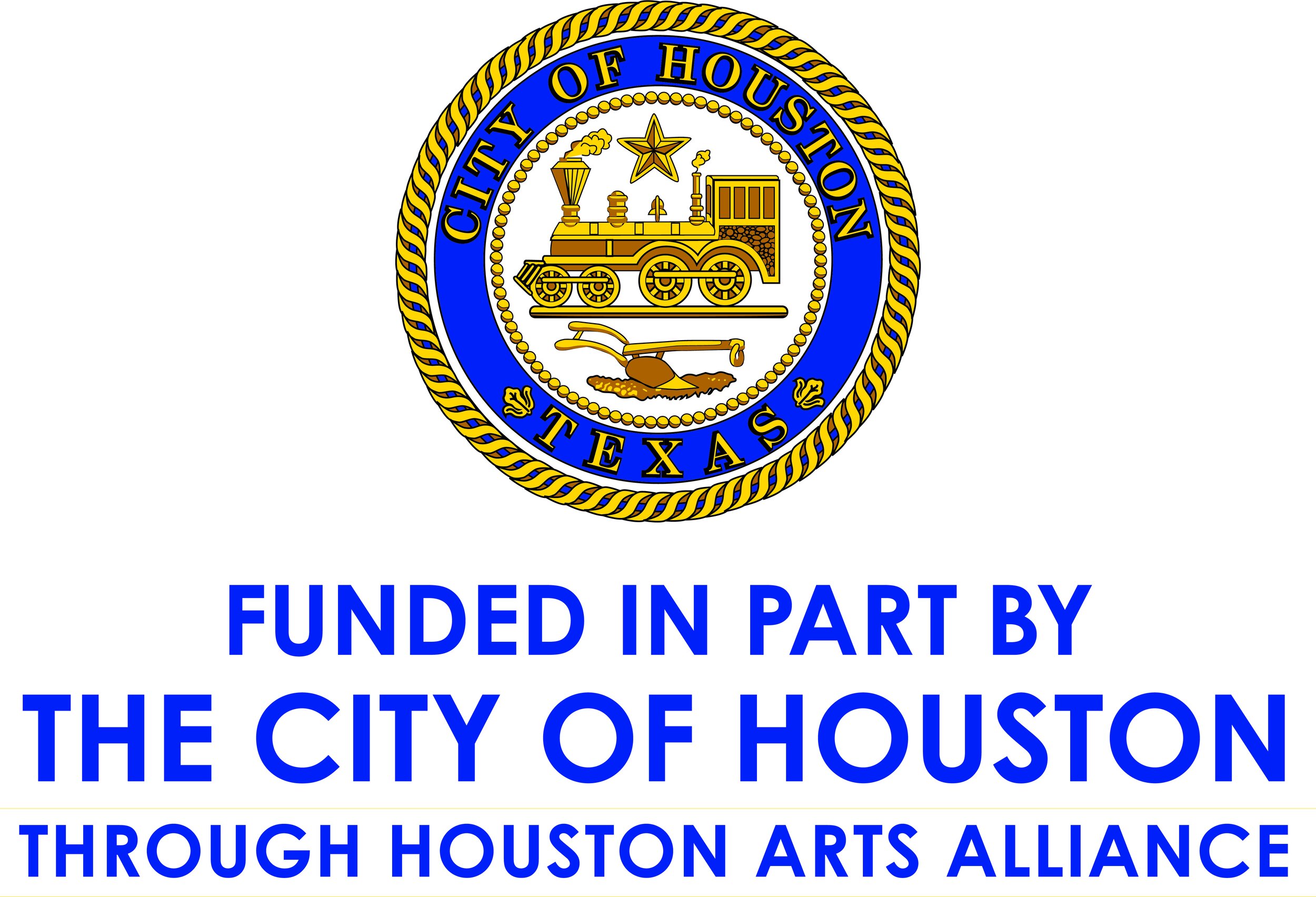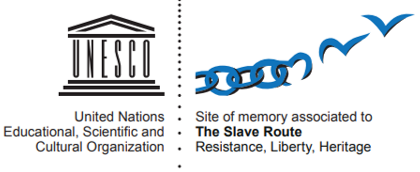Frugal in private, generous in public
In a few weeks, we will be gathering with our loved ones to give thanks. First, however, we might want to celebrate National Philanthropy Day and some of the Houstonians who have so enriched our city with their charitable gifts and through corporate philanthropy.
Charitable giving rises from Humble beginnings
Born in Houston of Swiss immigrant parents, George Hermann, oilman and philanthropist, acquired land along Brays Bayou for which he supposedly paid 50 cents an acre. There he operated a sawmill and ran his cattle. To expand his land holdings, he traded two mules and a wagon for 50 acres near the little town of Humble.
Although George became wealthy when oil spewed from the ground in 1905, he maintained his frugal life style, which would fulfill his charitable mission later in life. He lived in a rented room and was often seen consuming a bag of peanuts for his lunch. He never married, reportedly telling friends that, “wives are too expensive.”
He was, however, aware that Houston lacked quality health care for its poor, indigent residents. Before his death, he instructed that the bulk of his $2.5 million fortune be donated to build Houston's first charity hospital, providing charity care to patients. George Hermann died in 1914 without his dream being realized, but in 1925 Hermann Hospital opened as a public charity hospital south of downtown. Today, Memorial Hermann is the largest non-profit healthcare system in Texas.
Bachelor number two continues charitable giving
About the time of Hermann's death, another bachelor with a charitable-giving mentality, Monroe D. Anderson, a native of Jackson, TN, had moved to Houston to work for a firm founded by his brother, Frank, and their friend, Will Clayton.
Monroe became president of Anderson, Clayton & Co, a cotton merchandising firm that would become one of the largest in the world. Like Hermann, he amassed money that would eventually form a charitable foundation. Although he was not quite as frugal, living in a downtown hotel and driving his Cadillac the few blocks to work each day.
Yet he also realized there were great needs and giving opportunities in Houston, so he donated a $20 million to start the M.D. Anderson Foundation, a charitable fund. After Anderson’s death in 1939, the trustees of his non-profit foundation set up the state’s first cancer hospital in Houston and later brought together several institutions to form the Texas Medical Center. The site chosen for this new complex was the land adjacent to Hermann Hospital.
Finnigan’s charitable giving enlightens Houston
After growing up in Houston, Annette Finnigan attended Wellesley College, where she graduated in 1894. When the family returned to Houston in 1903, Annette and her sisters contributed to and organized the Houston Equal Suffrage League, a non-profit organization. She then took her passion as a suffragist and directed these philanthropic efforts towards growing the arts in the city.
With a passion for charitable giving, Annette often said that she wanted her hometown museum to be comparable to the ones she had visited abroad. Using her inherited wealth, she purchased more than 600 objects for donation and had them sent back to Houston. Many of these charitable gifts are on permanent exhibit today at the Museum of Fine Arts, Houston.
Finnigan also provided in her will for an endowment that would allow the Houston Public Library to use the interest from her charitable gifts to purchase an exceptional, but perhaps financially unattainable, item for the library’s Special Collections every year.
This endowment came after her gift to the Library of 65 items illustrating the art of bookmaking from the 12th to the 17th centuries, including exquisite, hand-printed and -painted illuminated manuscripts that she personally selected from the leading book houses in London, Munich, Budapest, and Constantinople.
Houston – we give as good as we get.
Photo Credit: Historical Resources Center, Research Medical Library, University of Texas MD Anderson Cancer Center.
Photo Credit: SC0013-001, Houston Public Library, HMRC.
Photo Credit: Courtesy of the McGovern Historical Center, Texas Medical Center Library.
Monroe D. Anderson
The son of the first president of the First National Bank in Jackson, TN, Monroe D. Anderson moved to Houston, where he was a partner in Anderson, Clayton and Co, which came to be the world’s largest merchant of the world’s most popular commodity, cotton. He was said to be a man of frugality, thrift, industry, and integrity, as well being friendly, humble, kind, humorous – and a little bashful.
Annette Finnigan
In 1896, Annette Finnigan’s family owned the structure known today as the Nichols-Rice-Cherry House. When it was slated to be replaced on its downtown site by a large commercial building, Annette advertised it for sale. The 1850 Greek Revival-styled house sold (reportedly for $25) and was moved to an outlying area that became Montrose. It was moved again to Sam Houston Park in the late 1950s and is now one of the historic buildings maintained for public viewing by The Heritage Society.
George Hermann
As frugal in his personal life as he was generous in his public giving, George Hermann left the bulk of his $2.5 million oil fortune to build a charity hospital. Though he didn’t live to see it, Hermann Hospital opened in 1925 and is today part of the Texas Medical Center, the world’s largest medical complex.
Read more:
https://mcgovernhrc.wordpress.com/2014/08/08/george-hermann-and-the-year-1914/
http://www.houstonchronicle.com/local/history/article/George-Hermann-Houston-s-eccentric-philanthropist-7723205.php/
Explore Your Heritage
Enter your email address below to make sure you receive emails from The Heritage Society conveying our latest news, announcements of special events and celebrations, limited-time discounts, and more.
Don’t neglect your Heritage; sign up today!












